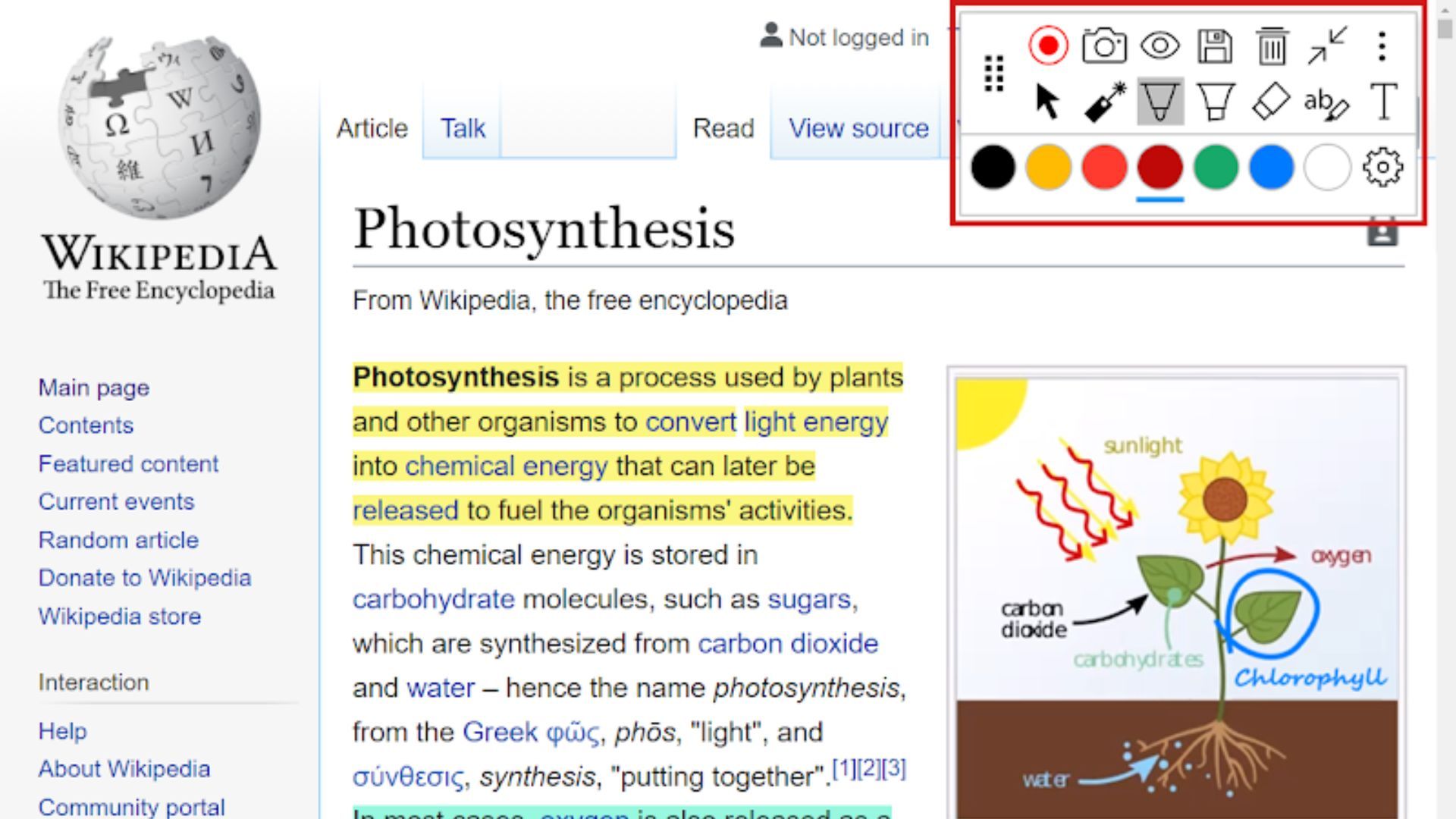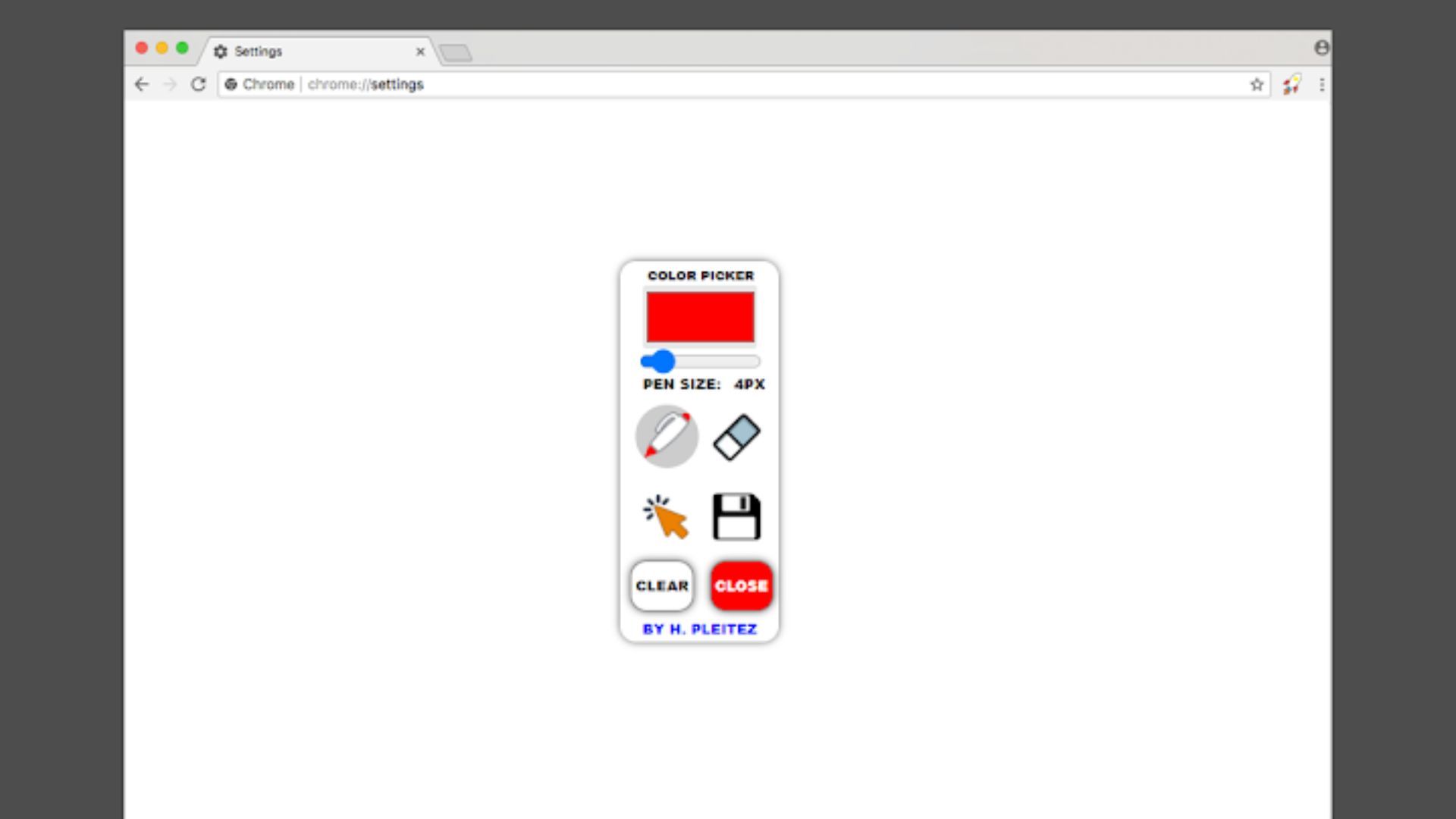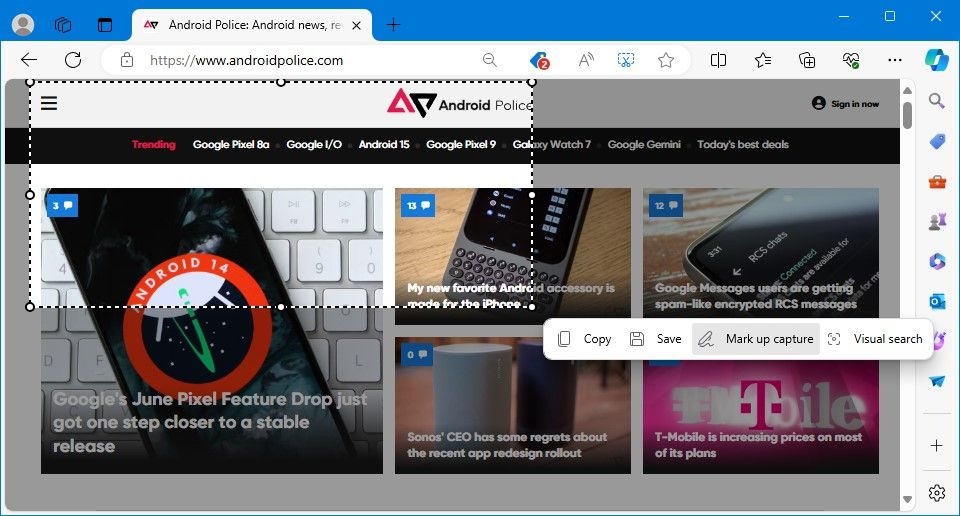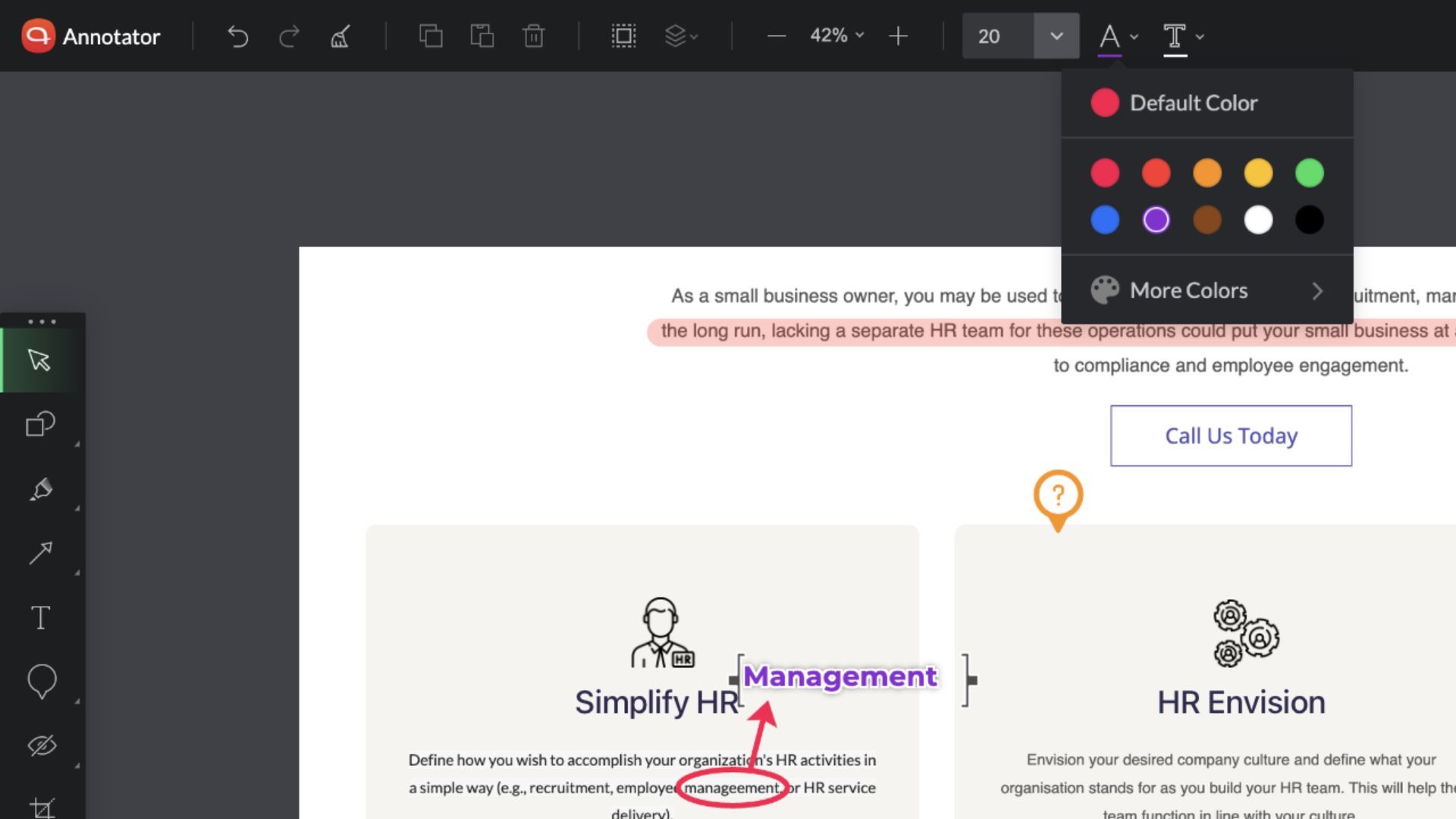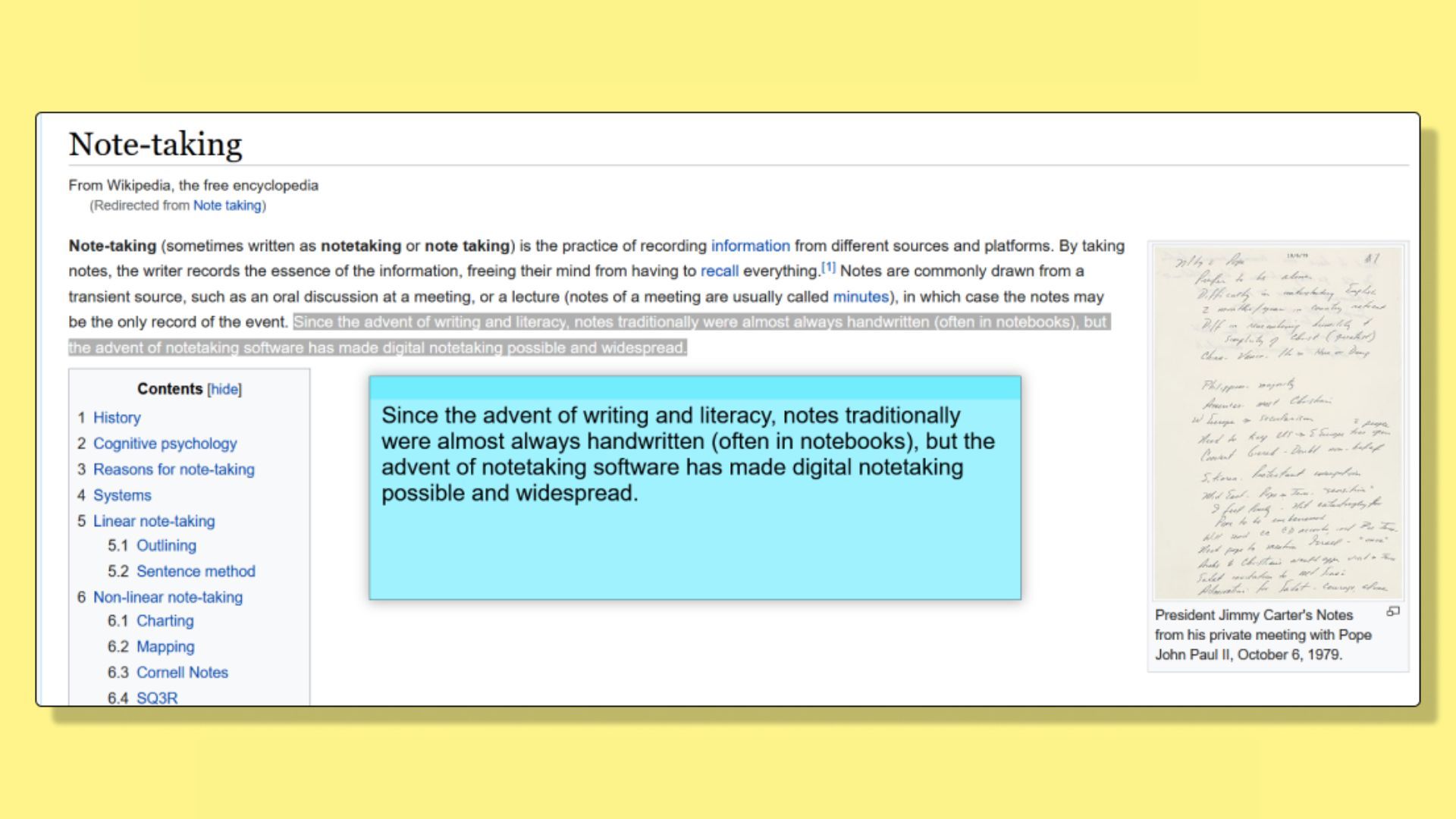There are many ways to take notes on computers and mobile phones, but annotating a web page keeps your notes in a relevant place. This functionality isn’t built into most web browsers, so third-party extensions have filled the gap. These extensions tie notes to a URL, so your notes are waiting for you when you load the web page. It’s a useful way to take notes on our favorite Chromebooks, as you’ll do most of your work through a browser.
This guide shows you how to use extensions to annotate web pages on the desktop versions of Google Chrome, Microsoft Edge, and Firefox. We also show how to annotate web pages on a mobile device if you don’t use a mobile browser that supports extensions.
How to annotate web pages on Google Chrome
A few third-party extensions let you annotate a web page in Google Chrome. We walk you through how to use some of the best ones.
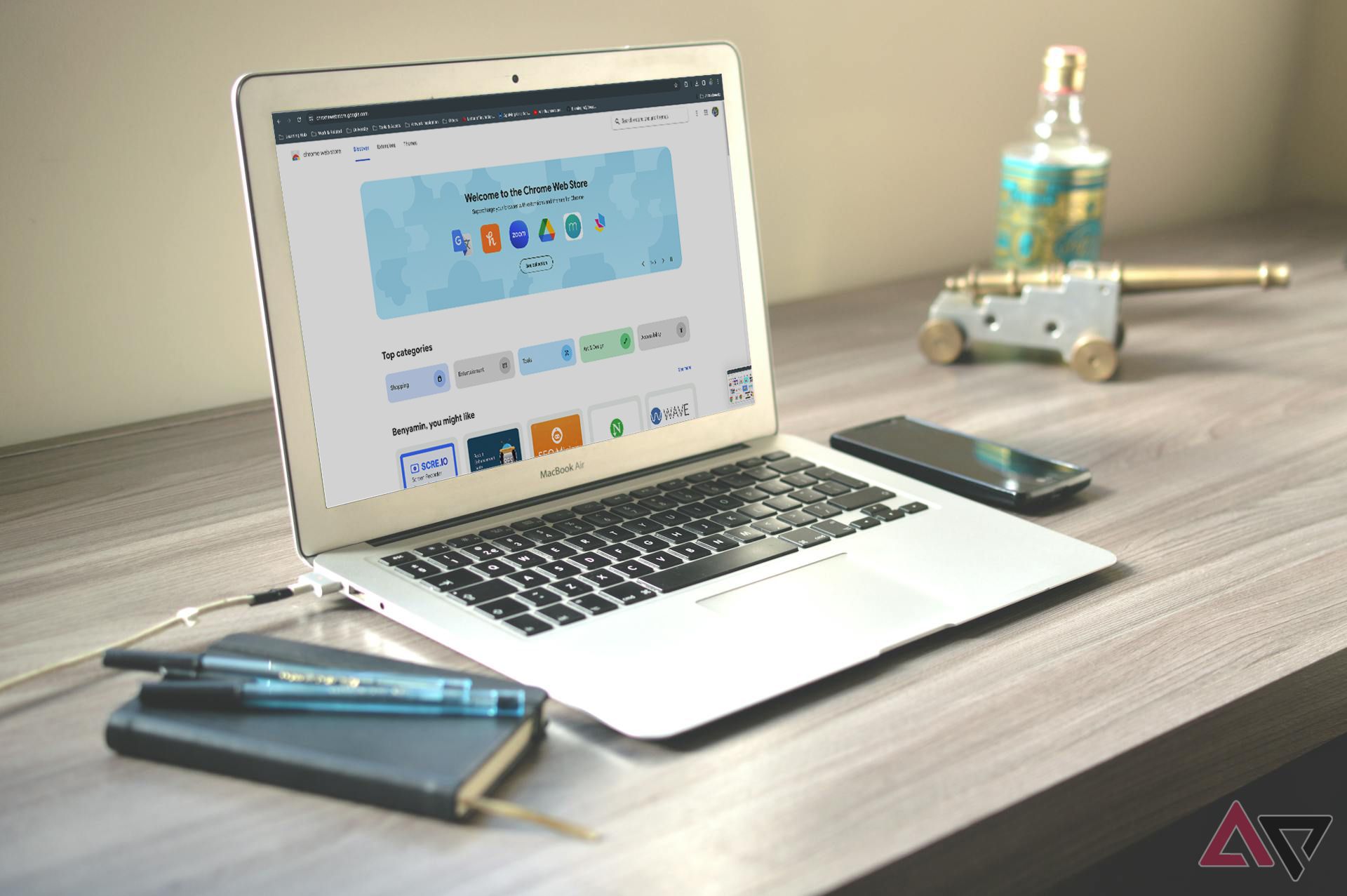
How to open the Chrome Web Store to add your favorite extensions
Learn how to open and navigate the Chrome Web Store to find and install extensions and themes that enhance your browsing experience
Annotate
Annotate includes a variety of tools for annotating and marking up web pages. You can draw, highlight, and take notes, then save your notes for future reference. The only catch is that you can only access annotated web pages through the Annotate website. After loading a web page, you can modify and add annotations as you see fit. There’s even a nifty presentation tool.
Annotate the Web
Annotate the Web has fewer features than Annotate, but it’s simpler to use, and you don’t need to create an account to use it. The major catch is that you can’t return to your annotations later. You can only save annotations as screenshots on your computer.
How to annotate web pages on Microsoft Edge
Unlike Google Chrome, Microsoft Edge has built-in annotation tools. You can only save these annotations as screenshots. You cannot save them to the website’s URL.
Microsoft created a new version of Edge based on the Chromium source in 2019. The previous version of Edge included an annotation tool. This feature was not included in the Chromium version of Edge, but Microsoft added it to its list of
Edge features it’s working on
.
- Open Microsoft Edge.
- Click the three-dot button in the upper-right corner of your screen.
- Select Screenshot from the drop-down menu. Alternatively, press Ctrl + Shift + S to access Edge’s screenshot tool.
- Select Capture area or Capture Full Page.
- If you selected Capture area, click Mark up capture.
- Annotate your screenshot.
- Click Save.
Annotation extensions for Microsoft Edge
Microsoft Edge is a Chromium-based browser with access to the Chrome Web Store. If you’re a fan of the built-in markup feature, try the extensions described above, Annotate and Annotate for Web. These provide more functionality than Edge’s built-in annotation tool.
Other annotation extensions for Chromium browsers include MarkUp and Hypothes.
How to annotate web pages on Mozilla Firefox
The annotation options in Mozilla Firefox are limited. There isn’t a built-in markup tool like in Edge, and the best Chrome extensions for annotating websites aren’t available in Firefox’s extension store. However, you still have options for annotating web pages.
Zoho Annotator
Zoho Annotator is the best annotation extension for Firefox. It’s an expanded screenshot tool that allows you to draw on, add text to, and highlight sections of web pages. It also has tools to tag elements, blur elements, and share with cloud storage apps like Google Drive and One Drive.
WebStickies
WebStickies doesn’t let you add annotations to web pages. Instead, it lets you add sticky notes to web pages. These are simple windows with few formatting options, but they are tied to the URL, so when you reload a website, previously created sticky notes load. This extension is also available for Chromium browsers.
How to annotate web pages on your phone or tablet
Unlike their desktop equivalents, you can’t install browser extensions on the Chrome or Firefox mobile apps. You’ll take a screenshot or use an app to annotate web pages if you use these browser apps.
Microsoft Edge for Android supports extensions. However, the library is more limited than its desktop equivalent.
A few apps are available for Android and iOS that allow you to save web pages for later. One of these, Omnivore, lets you mark up these saved web pages with text, highlights, and notes.
To use Omnivore to annotate web pages, use the Share button in your browser app to share the page with the Omnivore app. This page appears in your Omnivore library, where you can add notes and highlights. However, the page in Omnivore is static. It doesn’t update with the original web page.
Keep track of your notes wherever you are
Annotating web pages lets you save notes where they matter most. However, extensive annotation can clutter your web pages, so use one of the best note-taking apps to take and organize notes. Some of these, like Evernote, include task management functions, while others, like Google Keep, are straightforward ways to make notes and lists.




